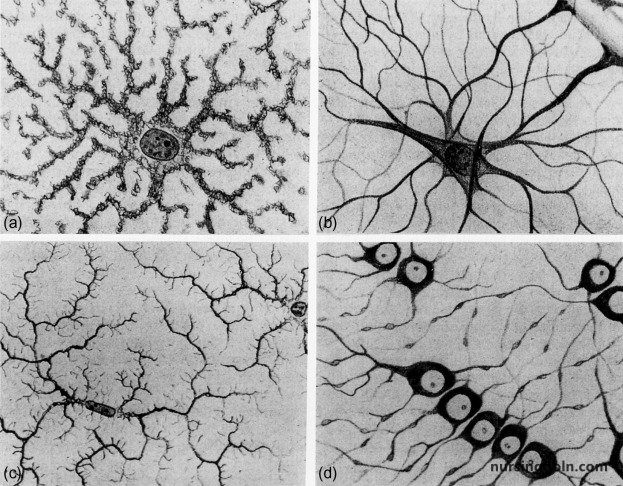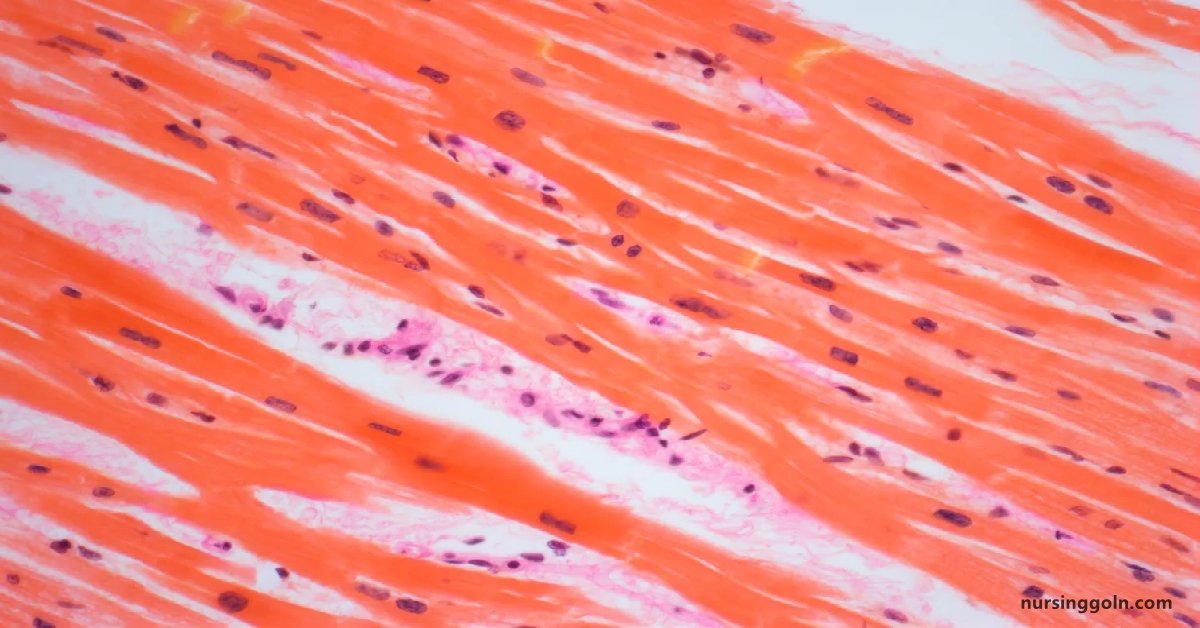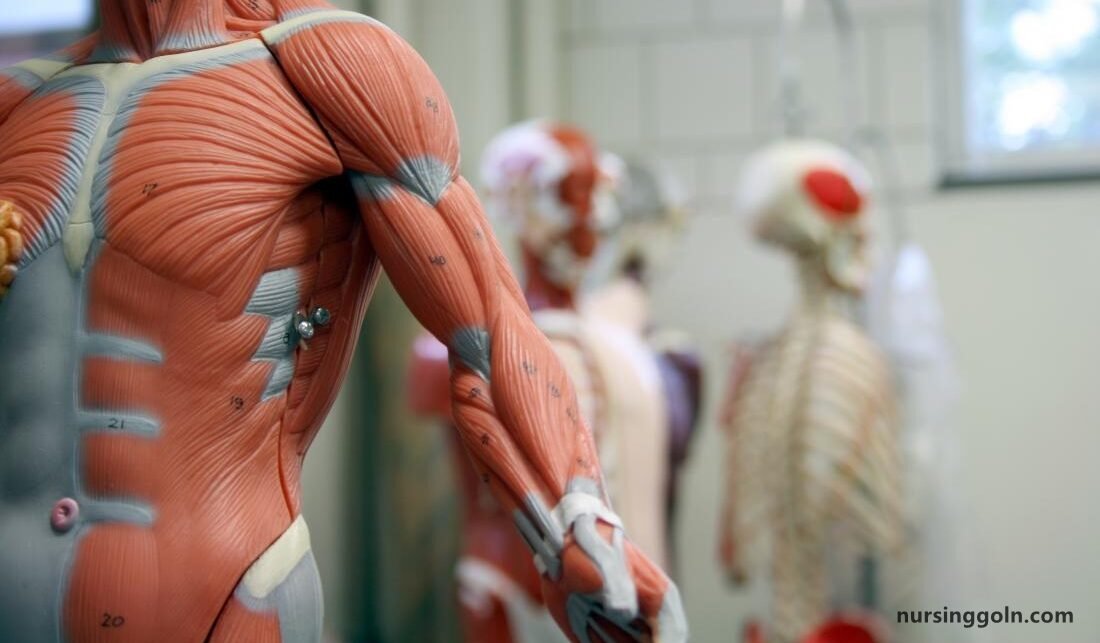Today our topic of discussion is ” The Parathyroid Glands “. Amid the vast network of the endocrine system, the parathyroid glands, although lesser known, play a pivotal role in maintaining our body’s calcium balance. These tiny glands, usually overshadowed by the larger thyroid, are essential for numerous physiological functions. This article will explore the anatomy, role, disorders, and significance of the parathyroid glands in the intricate endocrine system.

The Parathyroid Glands: The Endocrine System
Introduction: An Overview of the Parathyroid Glands
Tucked behind the thyroid gland in the neck are the parathyroid glands. Usually, there are four of them—two on each side of the thyroid—but the exact number can vary. Their primary function revolves around calcium regulation, an essential mineral for various bodily functions.
Anatomy and Location
- Structure & Size: Typically, each gland is about the size of a grain of rice, flat and oval-shaped.
- Location: The parathyroid glands are posterior to the thyroid gland, with two glands (upper and lower) located on each side.
The Hormone: Parathyroid Hormone (PTH)
The chief cells of the parathyroid glands secrete parathyroid hormone (PTH). PTH plays a critical role in:
- Bone Resorption: PTH stimulates osteoclasts, cells that break down bone and release calcium into the bloodstream.
- Calcium Absorption in the Gut: PTH increases calcium absorption by promoting the activation of vitamin D in the kidneys. Active vitamin D then facilitates calcium uptake in the intestines.
- Calcium Reabsorption in the Kidneys: PTH prevents calcium excretion by promoting its reabsorption in the kidney tubules.
- Phosphate Excretion: Along with conserving calcium, PTH increases the excretion of phosphate in the urine.

Calcium: Why Is It So Important?
Calcium is more than just a mineral for bone health; it’s a vital player in:
- Muscle Contraction: Calcium is essential for muscles to contract properly, including the heart.
- Blood Clotting: The clotting cascade relies on calcium.
- Neurotransmission: Neurons depend on calcium to transmit signals.
- Enzymatic Reactions: Many enzymes require calcium to function correctly.

Disorders of the Parathyroid Glands
The central theme around parathyroid disorders is the imbalance of calcium—either too much or too little.
- Hyperparathyroidism: This disorder results from excessive PTH secretion. Primary hyperparathyroidism typically arises from a benign tumor or hyperplasia (enlargement) of the glands. Symptoms include kidney stones, abdominal pain, fatigue, and bone fragility. Secondary hyperparathyroidism can occur due to chronic kidney disease or vitamin D deficiency, where the body’s response is to boost PTH to normalize calcium levels.
- Hypoparathyroidism: Here, the parathyroid glands produce insufficient PTH, leading to low blood calcium levels. Causes include accidental damage during thyroid surgery, autoimmune diseases, or genetic factors. Symptoms encompass muscle cramps, tingling in extremities, and seizures.
- Parathyroid Carcinoma: A rare form of cancer, parathyroid carcinoma typically leads to very high calcium levels, resulting in severe symptoms of hyperparathyroidism.
Treatment and Management of Parathyroid Disorders
- Surgery: The most common treatment for primary hyperparathyroidism involves removing the overactive gland(s). It’s also the primary treatment for parathyroid carcinoma.
- Medication: Hypoparathyroidism may require calcium and vitamin D supplements. Synthetic PTH is also available for specific cases.
- Monitoring: In mild cases, especially if there are no symptoms, doctors might recommend regular monitoring of blood calcium levels.
The Intricacies of the Parathyroid-Calcium-Vitamin D Relationship
Understanding the parathyroid glands requires grasping their relationship with calcium and vitamin D. Active vitamin D (calcitriol) not only facilitates calcium absorption in the gut but also suppresses PTH secretion, showcasing a feedback mechanism.

Conclusion
The parathyroid glands, albeit small and unassuming, are the body’s calcium gatekeepers. Their profound influence on bone metabolism, muscle function, and overall health emphasizes the endocrine system’s intricate design. While they might not receive the same attention as some larger endocrine players, the parathyroid glands undoubtedly hold their ground in ensuring our physiological well-being. As endocrine research continues to evolve, it’s clear that these tiny glands will remain central to our understanding of metabolic health and homeostasis.
Read more:
